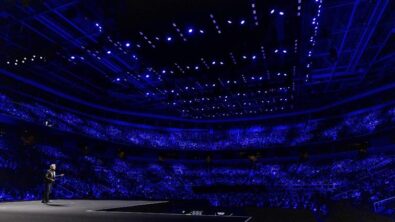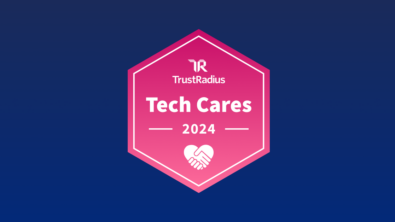Corporate
A Conversation with Dr. Jewel Barlow of the University of Maryland
I visited the beautiful campus of the University of Maryland (UMD) in September to sit down with Dr. Jewel Barlow, one of the advocates who helped bring Siemens PLM software on campus to locations li...
I visited the beautiful campus of the University of Maryland (UMD) in September to sit down with Dr. Jewel Barlow, one of the advocates who helped bring Siemens PLM software on campus to locations like the Glenn L. Martin Wind Tunnel.
Jewel is director of UMD’s wind tunnel. He shares in our three-part video interview below why he went into aeronautical engineering and academia.
He also notes why this grant is important to UMD:
“To do aerodynamic testing… we need that three-dimensional information as efficiently as possible… Typical wind test planning cycle may be six months to a year. That’s too long. It needs to be days instead of months. That will only happen with these software tools…The software that enables us… will have to become second nature to our best engineers, our best designers.”
Part 1:
http://www.youtube.com/watch?v=LV0LTEdDJlg
Part 2:
http://www.youtube.com/watch?v=nfDs-9jtpso
Part 3:
http://www.youtube.com/watch?v=17n7epF6i2U
In addition to Jewel’s comments, I also wanted to share these outtakes in the recent issue of the UMD’s independent student newspaper, The Diamondback:
“Now, the university can use it in its own projects, helping merge the gap between theory and application to spur economic growth in manufacturing and bring the university up to par with the world’s top innovators, (University President Wallace) Loh said.”
“The software will become a central resource through all aspects of the design process, from concept to implementation, making it easier and faster to create projects,” students and faculty said.
“The new software is more team-oriented, helping students working on group projects,” she said (Liz Sauerbrunn, mechanical engineering graduate student).
“The biggest difference this software is going to bring is innovation of the various domains,” said Moschler, Institute of Systems Research robotics lab manager. “The software we have is unattached together. We have one software for modeling the system and another for modeling the software and another for modeling the hardware … So PLM [does] the whole thing; that’s the big change for us.”
“[Terps] can only move forward; they can’t move backwards — that’s the can-do attitude that characterizes the University of Maryland,” Loh said. “We think big; we take risks; we persevere, and this extraordinary gift will enable us to keep moving forward in the areas of engineering and manufacturing.”
Read more in this blog post on our academic partnership with the University of Maryland.
– Dora


